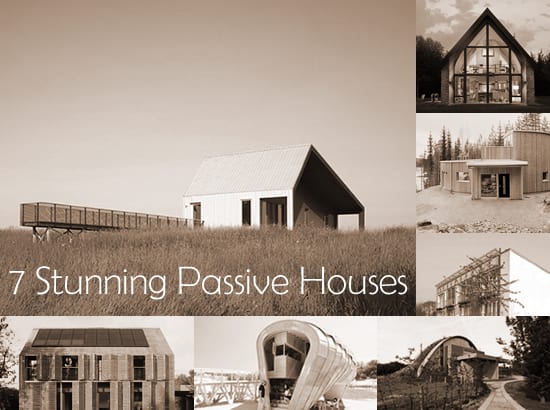It is getting cold here in England, and I’m preparing for the yearly tradeoffs between comfort, carbon emissions and heating bills that are part of living in a house with reasonable but not great insulation.
For the 30,000 or so owners of passive houses these compromises are a thing of the past. They’ve got the comfort, the low emissions and barely a heating bill to speak of. I’ve looked at the technical reasons about why a passivhaus has a negligible heating bill in the past. But I’ve never mentioned how pretty they can be.
Here are 7 stunners from around the world!







Which one floats your boat??
Source: Shrink That Footprint. Reproduced with permission.











